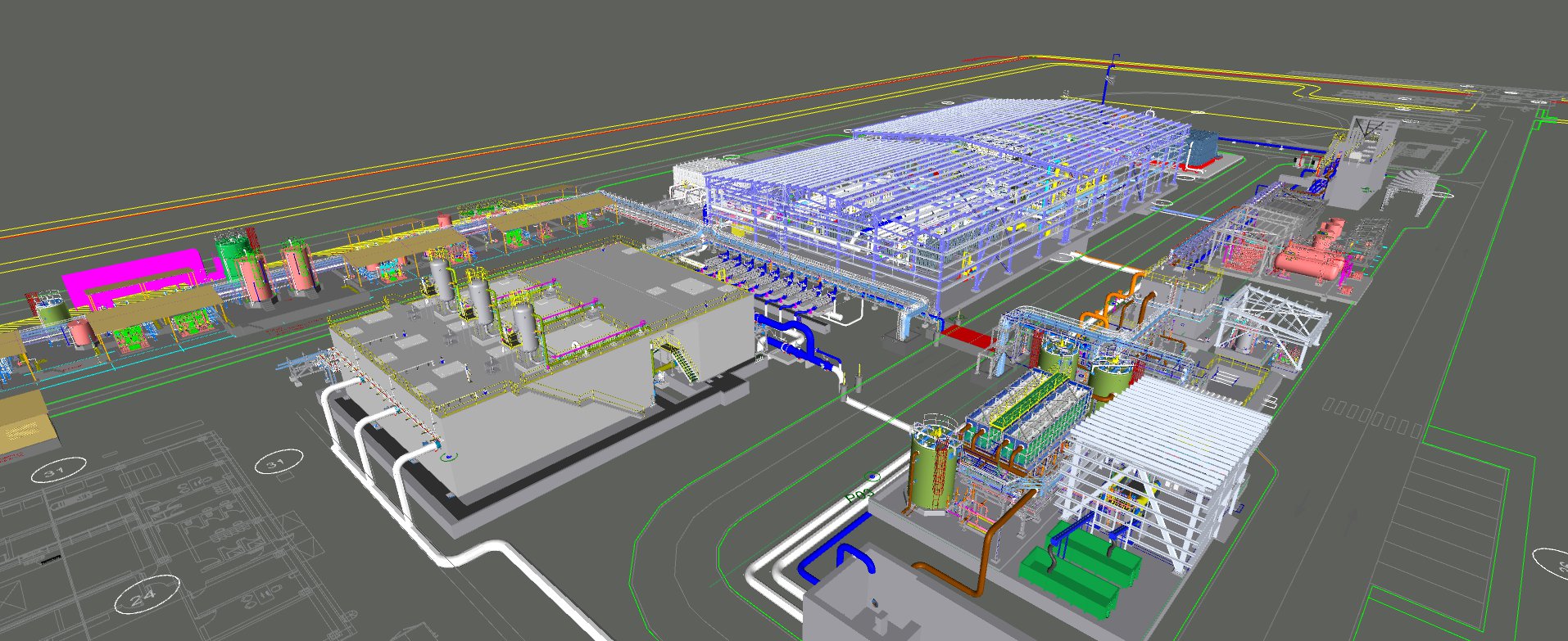

Our unique differentiation is the Pressure & Energy Centre designs, delivering very low energy consumption large scale seawater RO plants.
AquaSwiss AG Seawater Reverse Osmosis (RO) plants are used for treating a wide variety of water compositions.
AquaSwiss AG RO plants combine accumulated knowledge and experience of hundreds of years. AquaSwiss AG is proud of innovative process advances constantly pushing the limits of the Reverse Osmosis process design and efficiency, such as:
- The “Pressure Centre Concept”
- Patented Boron Removal System
- Implementation of Large Scale hydrostatic Energy Recovery devices;
- Direct-on-Line Cleaning
- Amongst the lowest energy consumption in the industry
- Advanced process simulations & optimization models
Innovative Energy Recovery Systems Used in Our RO Plants
The water is supplied to the RO section through the HP Boosters together with the HP Pumps and the Energy Recovery Systems (ERS).
The HP pumping centre, which supplies the HP feed to the RO banks via common feed lines, has been optimized by the selection of a minimal number of large HP pumps working at highest efficiency rates and best operation conditions.
The Energy Recovery Systems are able to provide further flexibility to the entire system by the enhanced capability of changing flow rates independently of the HP feeding centre. The optimization of the energy recovery centre is based on the minimum possible number of ERS units comprising optimal energy device skids and ERS Booster pumps, which collect pressurized brine from all RO banks, transfer the energy to seawater, and pump it into a common feed line to all RO banks.
The pressure centre design allows maximizing the benefits of variable production rates during the day:
- It allows increasing/decreasing the feed pressure to the RO trains;
- During decrease in production all RO trains are kept in operation and the system recovery is decreased without increasing the total feed to the plant. This feature reflects the advantage of the Pressure Centre concept to produce at low recovery yields, resulting in lower osmotic pressures and furthermore producing at lower permeate fluxes through the entire available membrane area;
- In addition, the pressure centre design improves plant flexibility, and therefore availability, in case of variation in flow rates due to different operation regimes or failure of any component of the system
- Reduction in overall water costs;
- Operation with maximum efficiency and maintenance simplicity;
- Flexibility over different operation regimes;
- Energy recovery devices have been designed to form a unitary block, capable of changing pumping flow independently of high pressure pumps;
- High pressure feeding from both HP Pumps and ERS sides, thus allowing smaller diameter and shorter high pressure pipelines. Considerable CAPEX and OPEX savings are achieved (lower investment costs, less head losses, etc.);
- The ERS sub-system also acts as a high pressure pumping sub-system, with high efficiency
Energy Recovery System (ERS)
The key features of this ERS are:
- Increase in plant availability and reliability. Each ERS unit is equipped with an ERS booster pump connected to the common header, each equipped with a Variable Frequency Converter that provides full control over the recovery in the system;
- High operational efficiency – approximately 96% – of the ERS devices leading to low energy consumption;
- Flat efficiency curve, thus changes in conditions of operation will not affect system efficiency;
- One or more of the ERS devices being out of action (for maintenance, replacement, etc.) will not affect the remaining system operation at all. System design supports full operation of the system with fewer devices operation
- High flexibility in the operational mode, allowing for quick and easy activation (or de-activation) of some ERS trains, according to the operation profile






